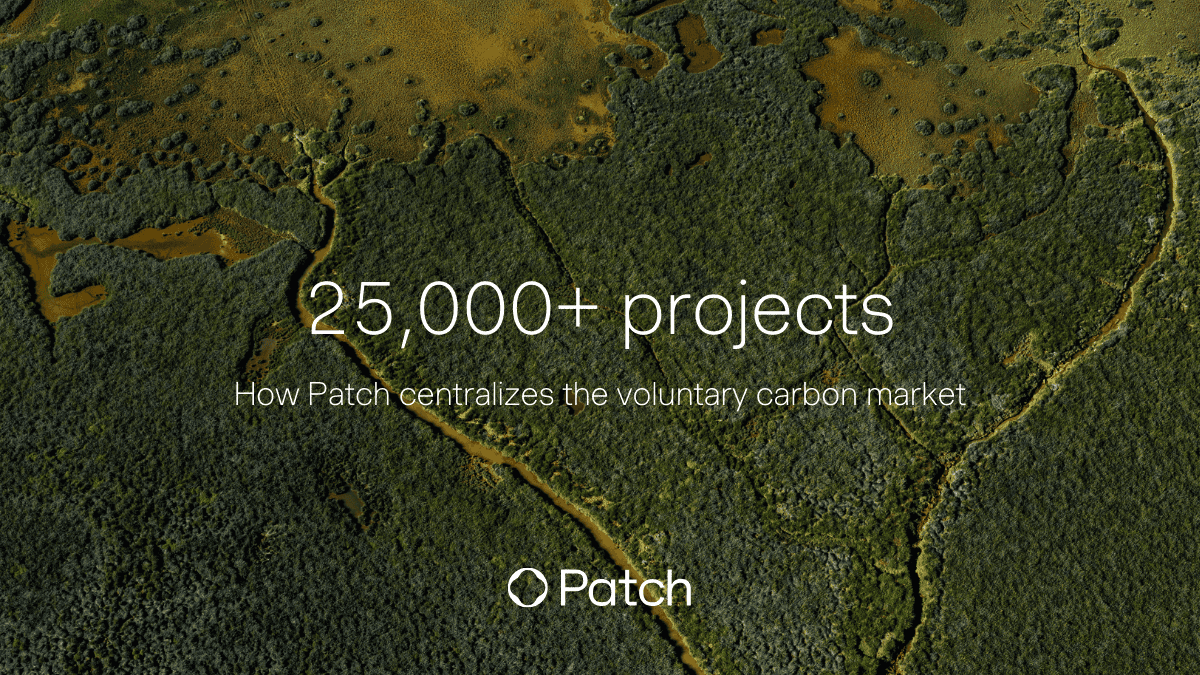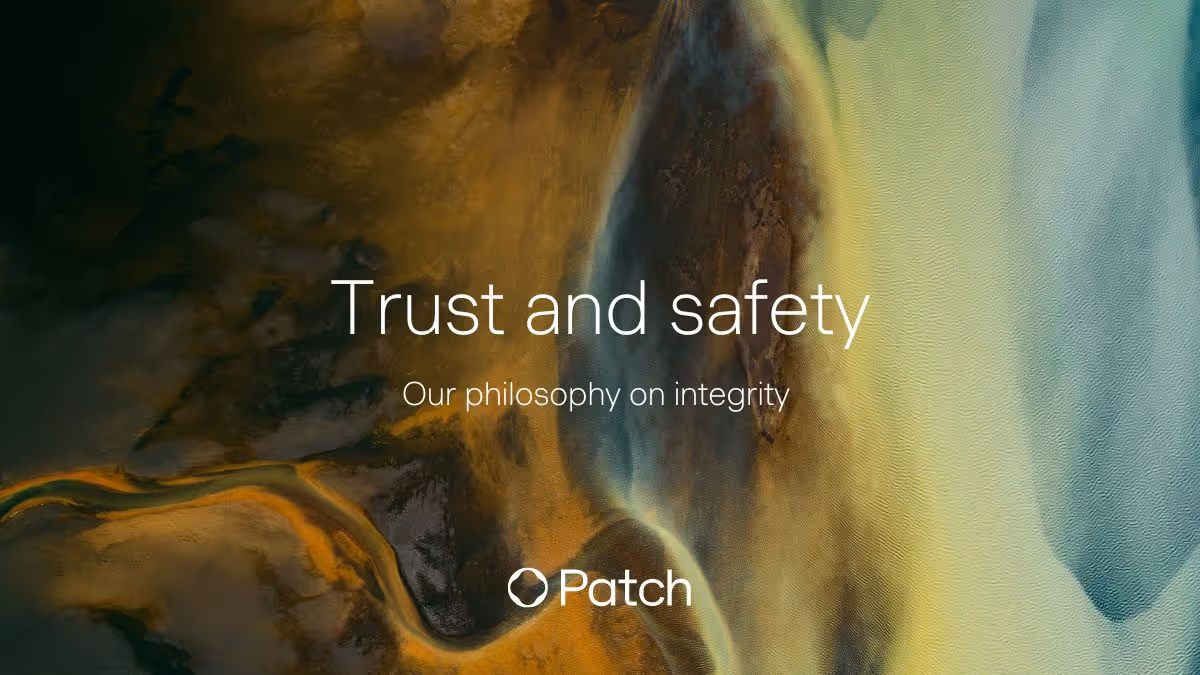A decade ago, the word “disruption” was transitioning from being the pinnacle of Silicon Valley’s aspirations to yet another buzzword with troublesome implications. Crawling through op-eds from the middle of the 2010s, you’ll find thinkpiece after thinkpiece excoriating or re-examining the “move fast and break things” ethos of Facebook’s rise to ubiquity — and all the other disruptors alongside them.
After all, when the “things” being broken are long-standing norms and systems, disruption often goes hand in hand with damage. Real people get hurt. And there’s no guarantee that the new norms and new systems will be any better than what came before.
Now, 10 years on from the heat of the debate over disruption, we’re at a pivotal moment in the global fight against climate change. Earth passed 1.5°C warming above pre-industrial levels for the first time last year — a threshold that scientists warn will come with increasingly disastrous consequences to the livability of our planet. Those same scientists say that carbon dioxide removal (CDR) in the realm of 10 gigatonnes per year, alongside massive reductions in greenhouse gas emissions, will be necessary by the mid-century.
In other words, we’re living in a status quo that goes hand in hand with damage, and the clock is ticking for us to reverse course.
Our only choice is to disrupt that status quo.
3 advantages of disruption
At Patch, we have a vision of a planet back in balance. Unbalancing the planet has been the work of many generations, but rebalancing it is the work of ours. Our identity as a growth-stage tech company gives us some unique advantages to realize that vision: iteration, diversification, and speed.
Iteration: Fundamental to the work of software development is the process of iteration. The nature of digital production is one that can be constantly updated, pressure-tested, and maybe even someday perfected. But until that day, a digital product can be put to use in the world, iterating on the problem it was built to solve. At Patch, iteration works not just for our software, but our trust and safety principles as well. It also works to support the second advantage we have — diversification.
Diversification: We know we’ll need gigatonne-scale CDR, but what we don’t yet know is exactly what methodologies or projects we’ll rely on to get there. Direct air capture, biochar, nature-based removals — all of these and more will likely play a role. Unfortunately, we don’t have time to test these one after another and then scale them one after another. Tech companies like Patch constantly evaluate and pursue new avenues and systems in search of product-market fit. Last year, we released CarbonOS and Radius — two new offerings to go alongside our Carbon Access Platform and our API. And we’re working to scale as many different climate solutions as possible to help mitigate the risk of any one of them failing.
Speed: Compared to established companies and institutions, growth-stage companies can typically move a lot faster. They can go from concept to product in weeks or months. They can pivot away from strategies that aren’t working without undermining the day-to-day work of thousands of employees. They can respond to changing market conditions in a day. It’s going to take that kind of agility to tackle a decades-old problem in a matter of years.
Patch is joining the World Economic Forum’s Global Innovators Community
With all the advantages of being a growth-stage company, one of the drawbacks is that the scale of our company could limit the scale of our impact. We can counter that limitation by joining forces with bigger institutions as well as other organizations like Patch around the world.
That’s why we’re joining the World Economic Forum’s Global Innovators Community. It’s an invitation-only group that brings together growth-stage companies working to innovate and disrupt in a variety of industries. Last year, we also joined WEF’s First Movers Coalition as an implementation partner, helping support its members achieve their commitments to purchase 50,000 tonnes of durable and scalable carbon removal to be achieved by 2030.
As part of the Global Innovators Community, we can help shape WEF’s agenda on climate issues and carbon markets. We'll bring our knowledge of carbon markets to the group and share back insights from the community, connecting with public and private sector leaders through the Forum’s Centre for Nature and Climate.
Patch occupies a unique spot at the crux of both the supply and buy side of carbon markets, as well as at the junction between the business, tech, policy, and climate worlds. We believe this community is a timely opportunity to amplify our impact, and to bring back the latest knowledge to our network of buyers and suppliers.
Avoiding the pitfalls of disruption
Climate change itself represents the disruption of a balance that’s eons old. The consequences of action without thought to reaction are all too apparent. That’s why partnerships among diverse stakeholders are so crucial to ensuring the work is on the right side of history. By sharing knowledge and staying within the boundaries of the latest, best science, a disruptive approach can offer dramatic, systemic change while also anticipating and avoiding negative outcomes.
It’s been more than a century of constant greenhouse gas emissions. The systems propagating climate change are entwined with every aspect of modern life. That means it’s going to take disruption to rebalance the planet. That’s why we’re optimistic about joining the Global Innovators Community to bring our vision to the next level of scale.






